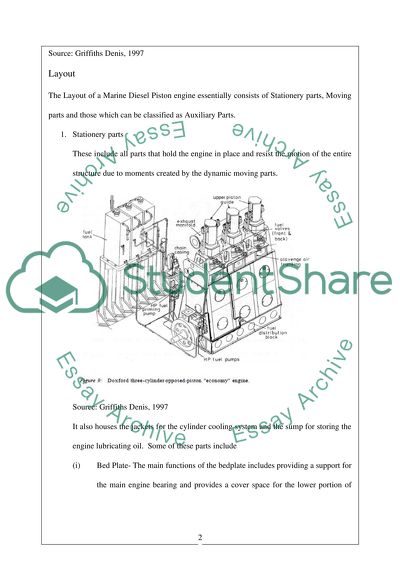Cite this document
(“The layout and operation of a piston engine Assignment”, n.d.)
Retrieved from https://studentshare.org/family-consumer-science/1411250-the-layout-and-operation-of-a-piston-engine
Retrieved from https://studentshare.org/family-consumer-science/1411250-the-layout-and-operation-of-a-piston-engine
(The Layout and Operation of a Piston Engine Assignment)
https://studentshare.org/family-consumer-science/1411250-the-layout-and-operation-of-a-piston-engine.
https://studentshare.org/family-consumer-science/1411250-the-layout-and-operation-of-a-piston-engine.
“The Layout and Operation of a Piston Engine Assignment”, n.d. https://studentshare.org/family-consumer-science/1411250-the-layout-and-operation-of-a-piston-engine.


